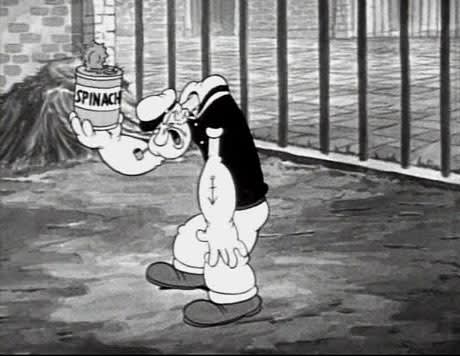Strange how Fleischer studios was considered the gritty, working-class alternative to the Disney mill next to Uncle Walts coercive conformism, the lovely cartoons in this collection seem lighter-hearted and less interested in selling you a line. You of course know the subject: the muscled sailor with the spinach fetish and the love for his goil Olive Oyl. But what you dont know is the profound strangeness of his world, what with islands of goons and magical dog-creatures and a general sense of dislocation that you dont get in cartoons past the 30s. As time drags on, the shorts get more polished and less crazy, but these are special for the sense that nobody is really in control. Popeyes civilised side he refuses to fight a bull out of a distaste for cruelty is seldom commented on, nor is the domestic nature of much of the action. So many of the stories run counter to the rough-and-tumble nature of Popeye, which is the point, and thats where the films derive their fascinating weirdness. These cartoons dont quite have the polish or force of Disney or Warner Bros. but they carve out a niche completely distinct from what you think you know about animation and what weve come to accept as the general format. Theres a great load of extras on the two-disc edition, including a good, brief documentary on the rise and fall of the Fleischer brothers, several short documentaries on various characters and technical personnel, good commentaries on a great many of the shorts, and a great whack of stuff from the Fleischer vaults, including a Superman cartoon, a Popular Science clip on animation techniques and various pencil tests, galleries and other cartoon-in-progress ephemera.
(Warner)Popeye the Sailor: 1938-1940

BY Travis Mackenzie HooverPublished Jun 26, 2008